This issue of Alliance investigates philanthropy’s diversity predicament. How can philanthropy do the most good if it doesn’t reflect the society it seeks to serve? Our guest editors, Sumitra Mishra and Angela Seay, ask some hard questions.
In India, strength should lie in diversity
Sumitra Mishra
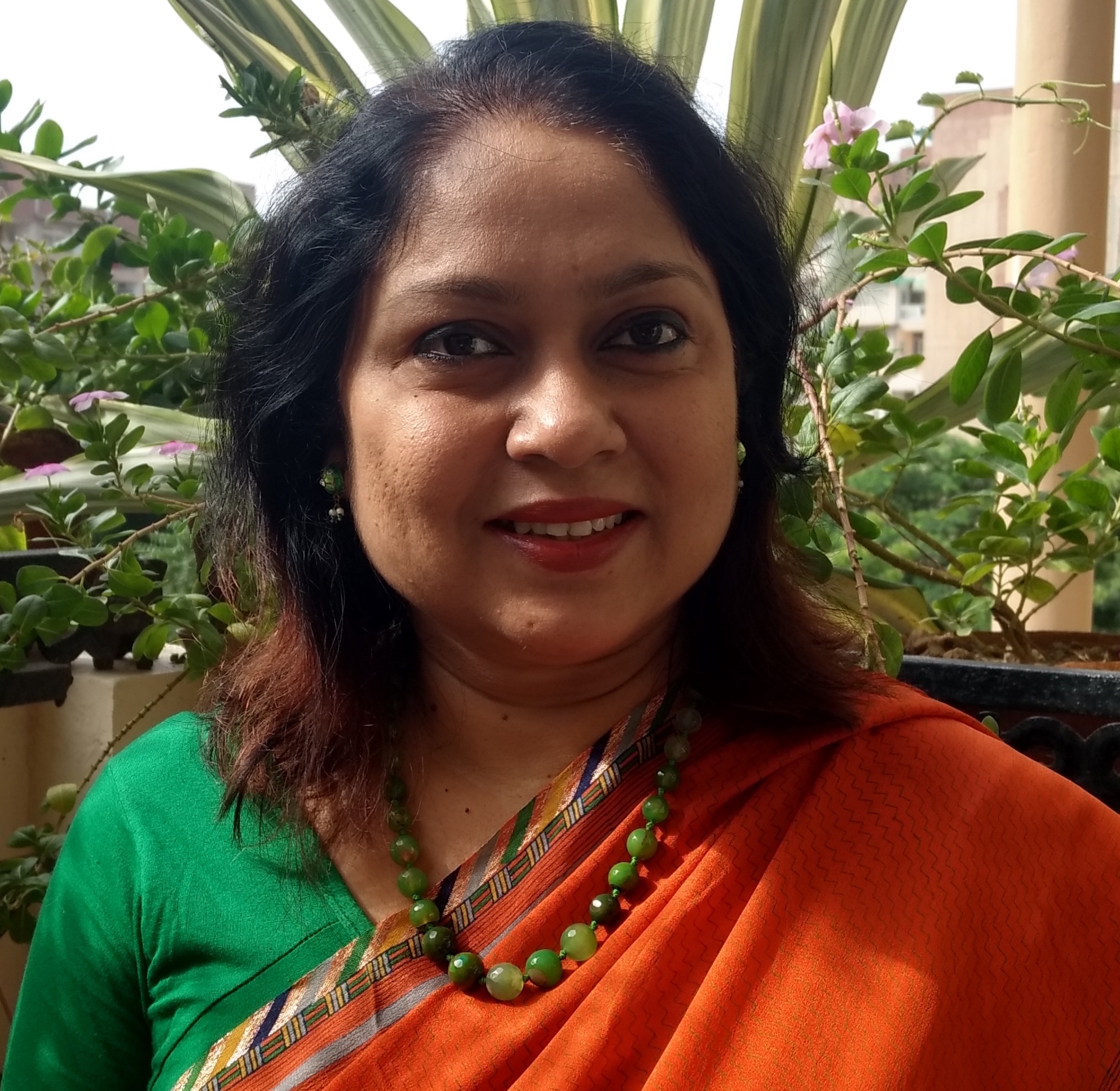 Where does one begin a conversation about diversity in the highest levels of decision-making among foundations in India? When I started this dialogue with representatives of a few organizations, it took a while to turn the spotlight on diversity within the organization. In grantmaking foundations, we often make a strong case for stakeholder diversity in the impact of the work we do. Less often do we follow the same rigour in representation and power balance within our own boards, senior teams, and the cross-section of people directly connected to transacting the foundation’s agenda.
Where does one begin a conversation about diversity in the highest levels of decision-making among foundations in India? When I started this dialogue with representatives of a few organizations, it took a while to turn the spotlight on diversity within the organization. In grantmaking foundations, we often make a strong case for stakeholder diversity in the impact of the work we do. Less often do we follow the same rigour in representation and power balance within our own boards, senior teams, and the cross-section of people directly connected to transacting the foundation’s agenda.
This issue is also interestingly timed with the political discourse we are being pulled into in India. In a climate of majoritarian dialogues, alternative voices are systematically excluded. Nation-building can have only one voice is the strident message.
In the midst of this is a growing movement #NotInMyName, an unprecedented citizens’ collective to protest against mob violence aimed at Muslims and Dalits. So, in whose name are foundations deciding the agenda of social change?[1]
Indian foundations have traditionally been held privately, set up as an outcome of a wealthy person’s desire to do good in society. As the Paul Hamlyn Foundation’s Sachin Sachdeva reminds us in his article: ‘Their governance is vested in a small group of people who are either friends or family of the founder. To date, this approach has not been contested.’
This reflects an underlying patriarchal belief that the oppressed must remain without agency and depend on their benefactors to lift them out of wretchedness. The poor continue to be grateful rather than participating in affirmative actions to reduce inequalities in wealth and opportunity.
Pushpa Sundar, a leading voice in Indian philanthropy and author of Giving with a thousand hands: the changing face of Indian philanthropy, points us in the right direction when she says: ‘Philanthropy can help, however, by increasing opportunities for upward mobility and by supporting reforms which may lead to a more equitable distribution.’ The reforms must begin from within.
India has a long history of affirmative action, with a ‘reservation’ policy for under-served communities among minority religions, castes and ethnic tribes.
The usual argument against reservation is that diversity can be reduced to tokenism if we simply see diversity as just making up the numbers.
Gagan Sethi makes a strong case against this argument when he says: ‘Who can ask these questions but independent members whose explicit role would be to align the [foundation’s] vision to a larger developmental vision that is inclusive? Not having members on boards from disadvantaged communities would be unprofessional at the least and discriminatory at the worst.’
More money than ever is flowing into the Indian philanthropic sector (private donations made up 33 per cent of total contributions to the development sector in 2016, according to Bain & Company’s India Philanthropy Report 2017).
This growth is thanks in part to the great influx of corporate money following the Companies Act of 2013, which mandated spending in the social sector. Corporate foundations are defining their disruptive role as the harbingers of innovations, techno solutions and market-led approaches to complex social problems.
Stakeholders’ participation in decision-making can only happen if there are regular and repeated opportunities for foundation members to share the same space with people who have lived a life of exclusion and discrimination.
However, as Gagan Sethi notes, there is nothing to suggest that ‘there have been any concerted efforts to overcome social, let alone caste, inequalities through this corporate funding’.
How can Indian philanthropy reform itself to act seriously on systemic problems that exacerbate exclusion and injustice when it is hearing versions of its own voices?
How can this be changed? For a start, there are two practical obstacles.
Lack of data about diversity indicators among Indian philanthropic foundations is a challenge to framing a discussion around this issue.
As Angela Seay remarks about ‘first-of-a-kind’ studies below, it is precisely this lack of data that signals how nascent the discussion is in the Indian context.
Second, philanthropic infrastructure networks in India are close to non-existent and, where they do exist, stakeholders’ participation in decision-making can only happen if there are regular and repeated opportunities for foundation members to share the same space with people who have lived a life of exclusion and discrimination.
Instead of seeing individuals as ‘recipients of a programme,’ foundations must begin to see them as ‘an active part of the decision-making process’, notes Jacob John of the Azim Premji Philanthropic Initiatives.
To move from a culture of charitable giving to social justice, inclusive decision-making is an urgent step in the right direction.
Building representative decision-making systems also comes with the responsibility of creating platforms of trust, meaningful engagements, learning and respect. Tulika Srivastava illustrates this from her experience leading the South Asian Women’s Fund (SAWF): ‘We believe it is crucial that the position of SAWF – women’s institutional leadership and control over resources – is not only reflected externally in the work we support… but internally as well – 87 per cent of the board and all of the executive team are women.’
As Jo Chopra observes, a good push from within the cycle is equally critical. ‘It hadn’t even occurred to me that we should have people with disabilities on our board until I started working on this essay and we do nothing BUT disability.
We are now addressing it in all new hires as well as in our next board elections.’ As grantees, there is an equal responsibility to practice diversity and then ask questions of our funders.
To move from a culture of charitable giving to social justice, inclusive decision-making is an urgent step in the right direction.
A shift in this power will reflect the recognition that our strength lies in our differences and not in similarities.
But the conversation about diversity and representation within philanthropy is a global one. Across the range of articles in this issue you will read about similar challenges in north America, Europe, and other parts of Asia. Meanwhile, Angela Seay takes up the story with an overview of the position in Europe and the US.
Sumitra Mishra is executive director of Mobile Creches, working for the right to early childhood development, and former country director of iPartner India. Email sumitra.mishra@gmail.com
Global philanthropy is falling short on diversity
Angela Seay
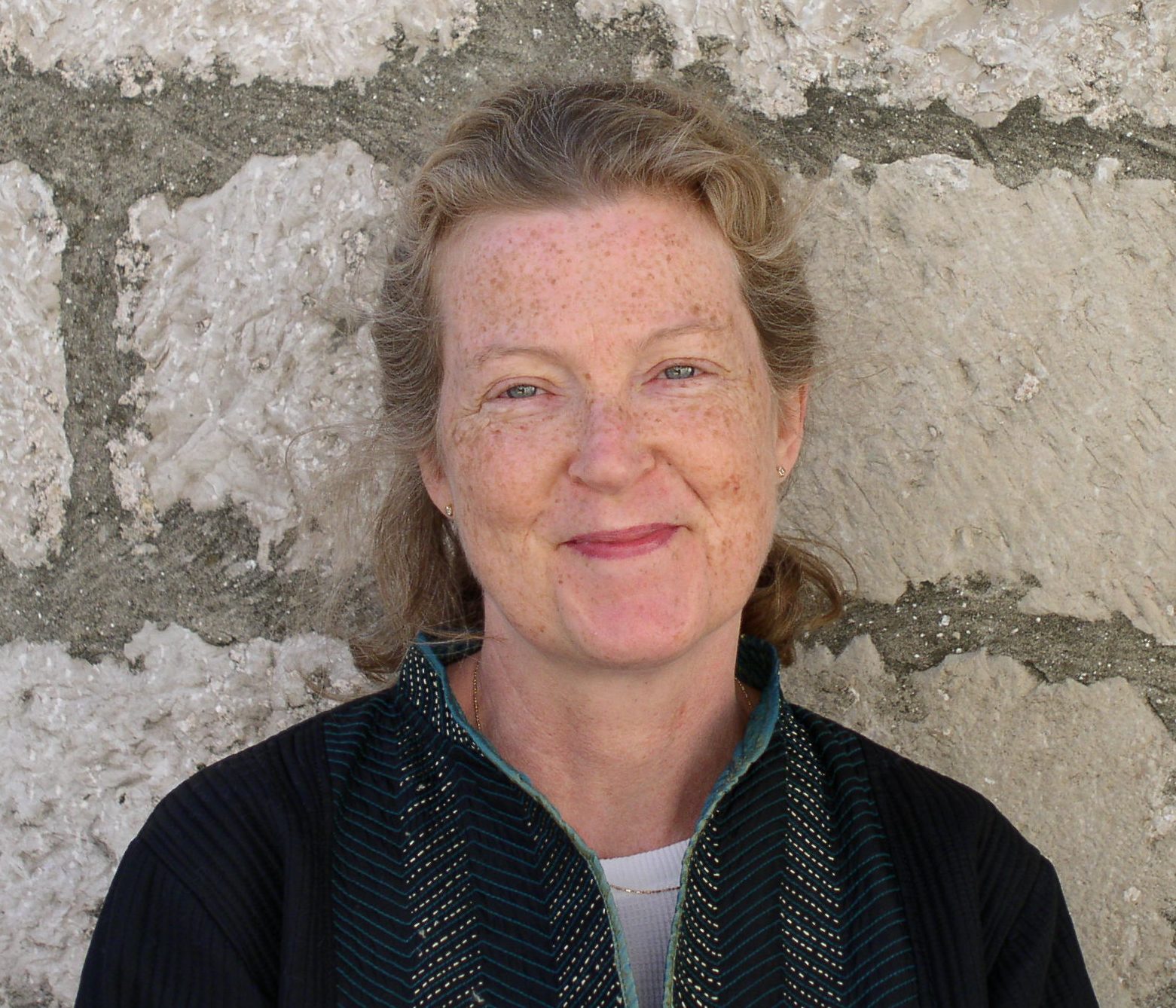 When reviewing the literature on diversity and inclusion in the US and in Europe, what resonates is how little progress has been made in the face of changing demographics and the considerable amount of discussion and reporting on the topic. Recent studies from the Council on Foundations, the Chronicle of Philanthropy, and several reports prepared by the Diversity 5 (D5) coalition confirm that change is not occurring quickly enough.
When reviewing the literature on diversity and inclusion in the US and in Europe, what resonates is how little progress has been made in the face of changing demographics and the considerable amount of discussion and reporting on the topic. Recent studies from the Council on Foundations, the Chronicle of Philanthropy, and several reports prepared by the Diversity 5 (D5) coalition confirm that change is not occurring quickly enough.
As Vikki Spruill, president and CEO of the Council on Foundations, notes: ‘The philanthropic sector is teetering on the edge of a workforce sustainability cliff. Our long-term viability as a sector is now directly linked to the field’s ability to attract, develop and retain a new generation of philanthropic professionals. If grantmakers are to reflect the communities they serve, they must be more intentional about their efforts.’
Gerry Salole, CEO of the European Foundation Centre, suggests that the lack of diversity on boards and at staff level ‘probably limits their intelligence about what is happening on the ground – the foundation world should reflect the streets more’. The view is echoed by Sumitra Mishra and by other contributors. There may be a limit to how well we can serve grantees if we have no shared life experience with them.
Going beyond representation, how do we make diversity part of the institutional culture? Tokenism won’t do. Boards must be inclusive and encourage all members to engage. In addition to a focus on required governance, board leadership could guide members by emphasizing truly listening to one another; respecting different experiences and perspectives; and ensuring that new members are being included in substantive conversations. Providing background research and education for board members and staff may also be helpful. Foundation executives could be held accountable for diversity in their own performance measures.
Tokenism won’t do. Boards must be inclusive and encourage all members to engage.
However foundations achieve a more inclusive board, it is essential they remember that diversity is not a merely a goal. It is an attitude and a culture; one that will require courage and tough, honest conversations among board members as they work to change. Boards need to be connected to those that the foundation aids, in a way that allows those communities to see something of themselves in the board.
There may also be useful learning from boards in other sectors. In her piece, Karen Weissblatt cites an observation of Sara Llewellin of the UK’s Barrow Cadbury Trust, that the corporate world has done somewhat better in building diversity. Engaging with foundations that have already achieved a measure of success and learning from best practice are good places to begin.
Increasingly, foundations in England and Wales see their regulatory body, the Charity Commission, undertaking greater scrutiny in some areas, sometimes driving them to a much more cautious funding approach than necessary. It is now for the Commission to push foundations more on diversity – a legitimate priority when considering the core purpose of foundations.
Barriers to diversity differ, whether trying to recruit younger or more representational board members. Young people may lack experience or have too little time because they are busy building their own careers. Recruiting and mentoring under-35s to give them the necessary experience would help address this challenge, but is a long-term effort.
There is also a tendency to invite the ‘usual suspects’ as prospective members, because they are well known, rather than to search broadly to identify others who will reflect greater inclusion.
Allowing members to serve for extended periods carries the risk that they become overly comfortable in the role, particularly if it is a prestigious organization.
Fear of change and a subsequent loss of individual power can also play a part. Long-standing board members may not want to give up their own places to make room for new members. Allowing members to serve for extended periods carries the risk that they become overly comfortable in the role, particularly if it is a prestigious organization. And difference is a challenge.
As the recent Chronicle of Philanthropy study suggests, people like to associate with people that reflect their views, values, or place in society. As Bharat Mehta urges, we must re-examine ‘our commitment to share power and make systemic changes’. It can be difficult to contemplate change, especially if that change includes giving up some of our own power in order for others to participate.
Endowed family foundations, especially those with living settlors, often populate their boards with family, close friends or colleagues. How can the sector convince them to leave their safe zone, allowing for new thinking and diverse members on their boards?
Many such foundations may consider themselves exempt from any discussion of diversity on the basis of their size or the costs associated with proper recruitment. Any board, irrespective of size and type, should weigh up the costs of change versus the social cost of remaining as they are, and ask: are you fulfilling your public purpose as best you can?
As various contributors note, data collection is essential for identifying the breadth of the issue, the underpinning for discussion and the steps for improvement. Without this, we cannot begin to gauge the extent of the problem or measure the hoped-for success.
If the role of philanthropy is to move us toward social justice, we should require the boards of its institutions to be ahead of the curve ensuring progress, not behind. It may be difficult to assess a successful outcome, particularly as few foundations currently have policies to plan and evaluate their commitment to diversity and inclusion.
By not making diversity a priority, and avoiding real change, foundations harm their reputation, institutional morale, economic strength and integrity. In creating a board that reflects the communities served, foundations could strengthen their existing grantee relationships and make better choices in identifying grantees that meet their remit. That should be incentive enough to start changing the status quo.
Angela Seay is chair of trustees of Polden-Puckham Charitable Foundation and DOC SOCIETY Charitable Trust, and former director of the David and Elaine Potter Foundation. Email a.seay@btopenworld.com
Footnotes
- ^ The term foundation refers to a bouquet of funding organizations – family trusts, corporate foundations, grantmaking INGOs, philanthropic foundations of India.
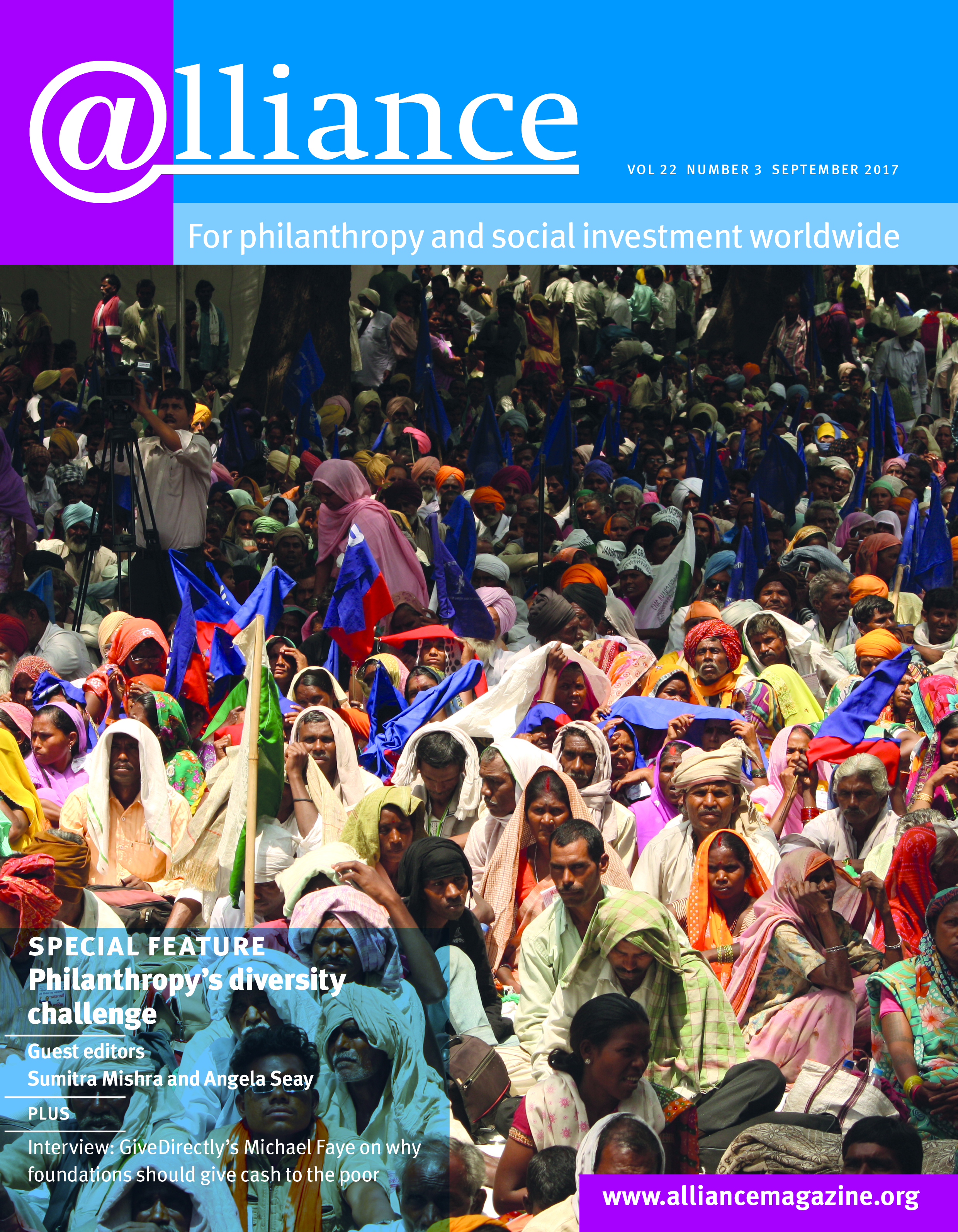

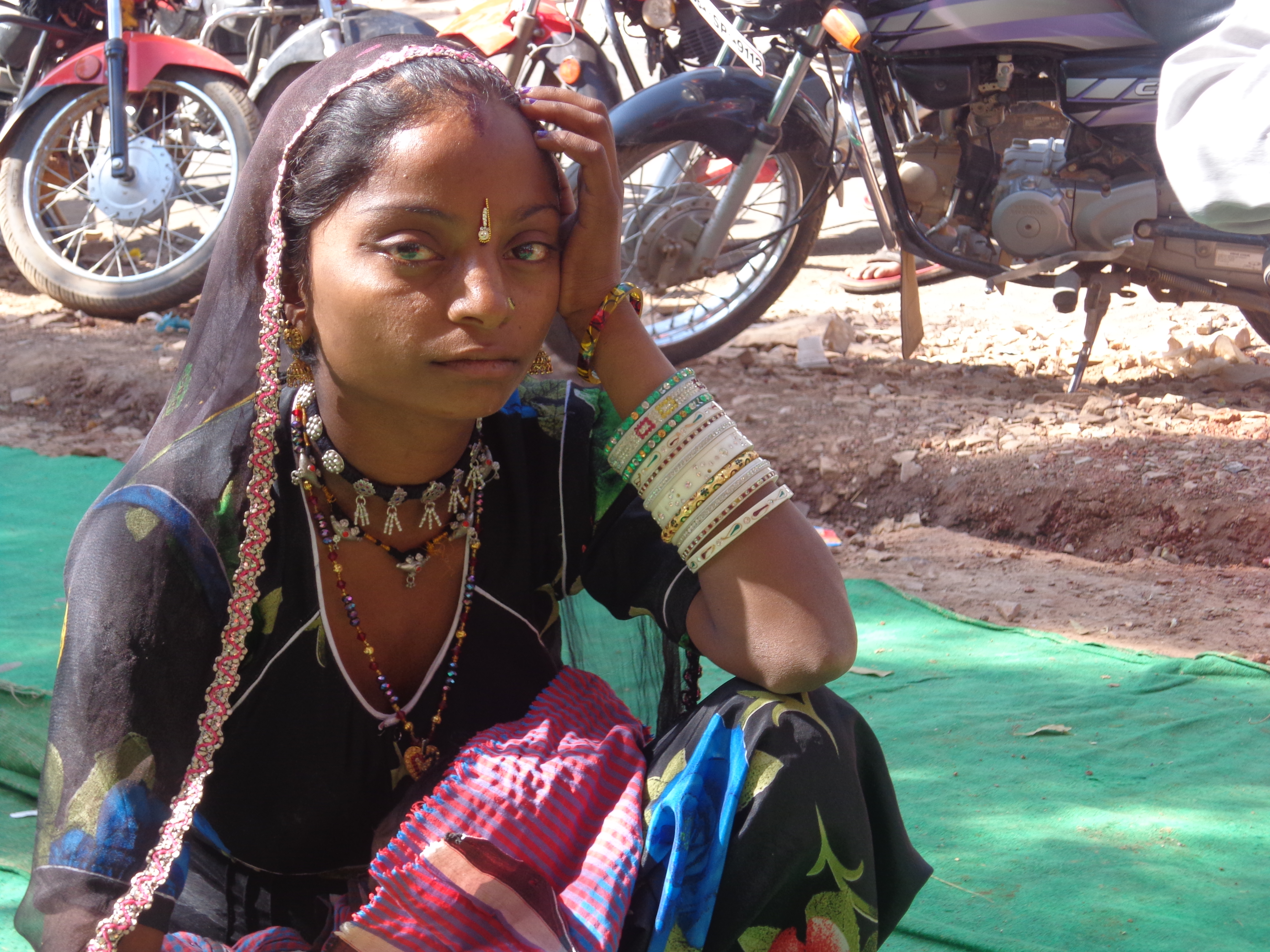
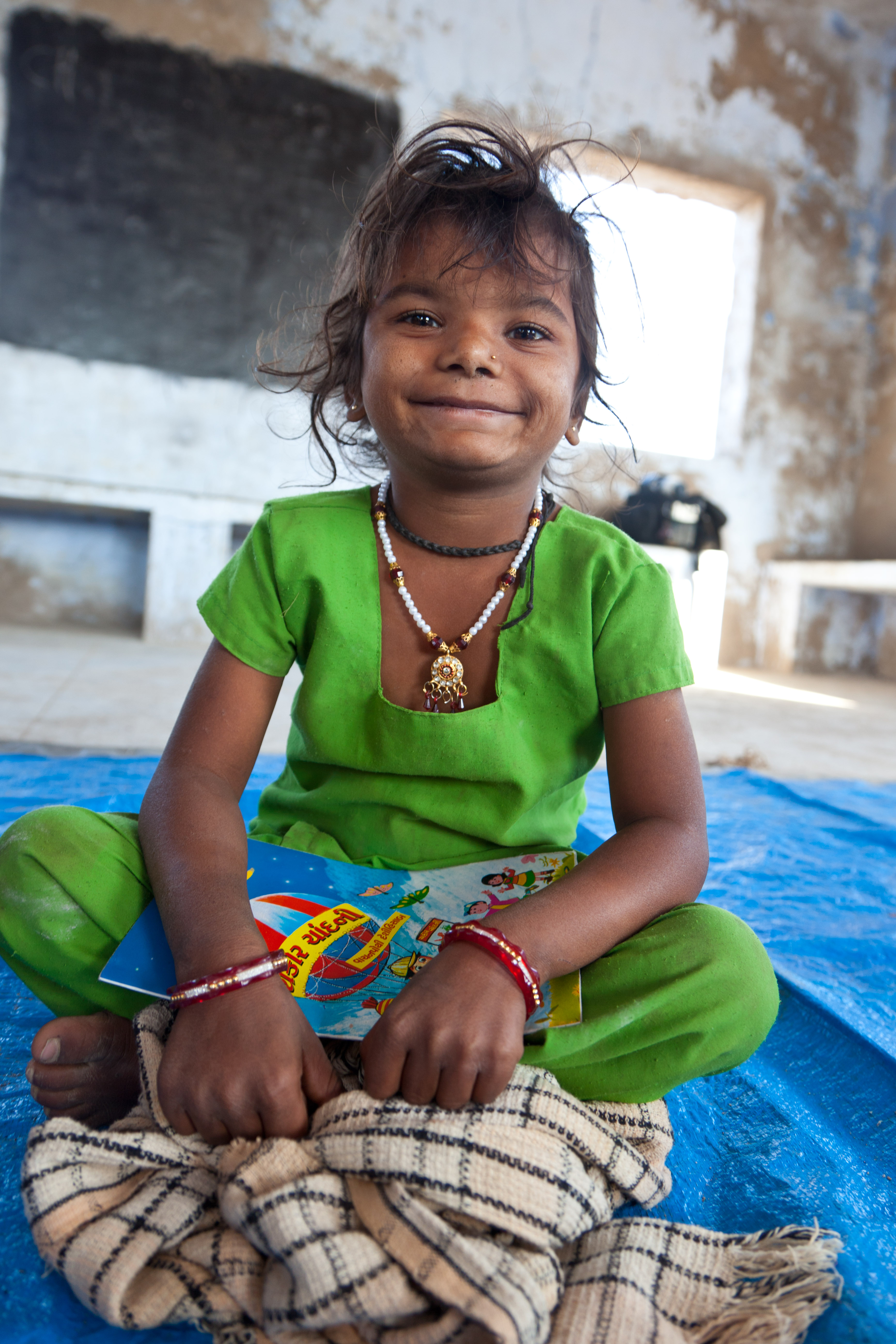


Comments (1)
I am 81 today. Am I Philanthropic?.I do not know. In studying myself, I look at my parents. We lived in Madras in the 40s, 50s, and 60s. My mother a doctor, worked in the municipality, treated patients free and did many other things of such nature. My father worked at the High court of Madras, gave free legal advice to many organization. They were certainly charitable ,not philanthropic.They were not bothered about disasters in other parts of the country. I too was the same, till I came to Mumbai in 1963, and joined Air India. When suddenly the management asked the employees contribute to an earthquake/ flood disaster in some part of India. Even though I wondered ,why I should bother, I gave because every one else gave. Philanthropy is concept which had not touched me till then.